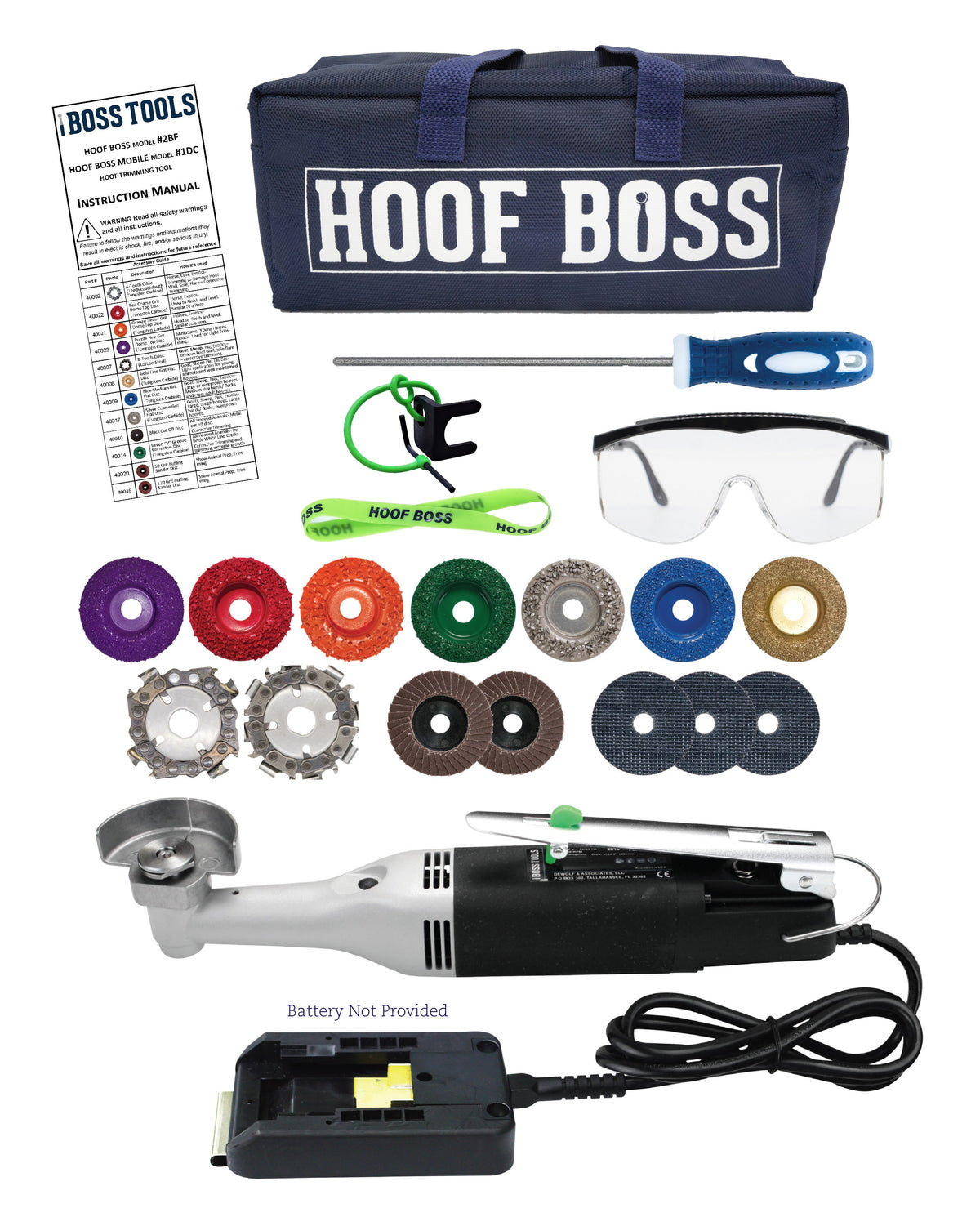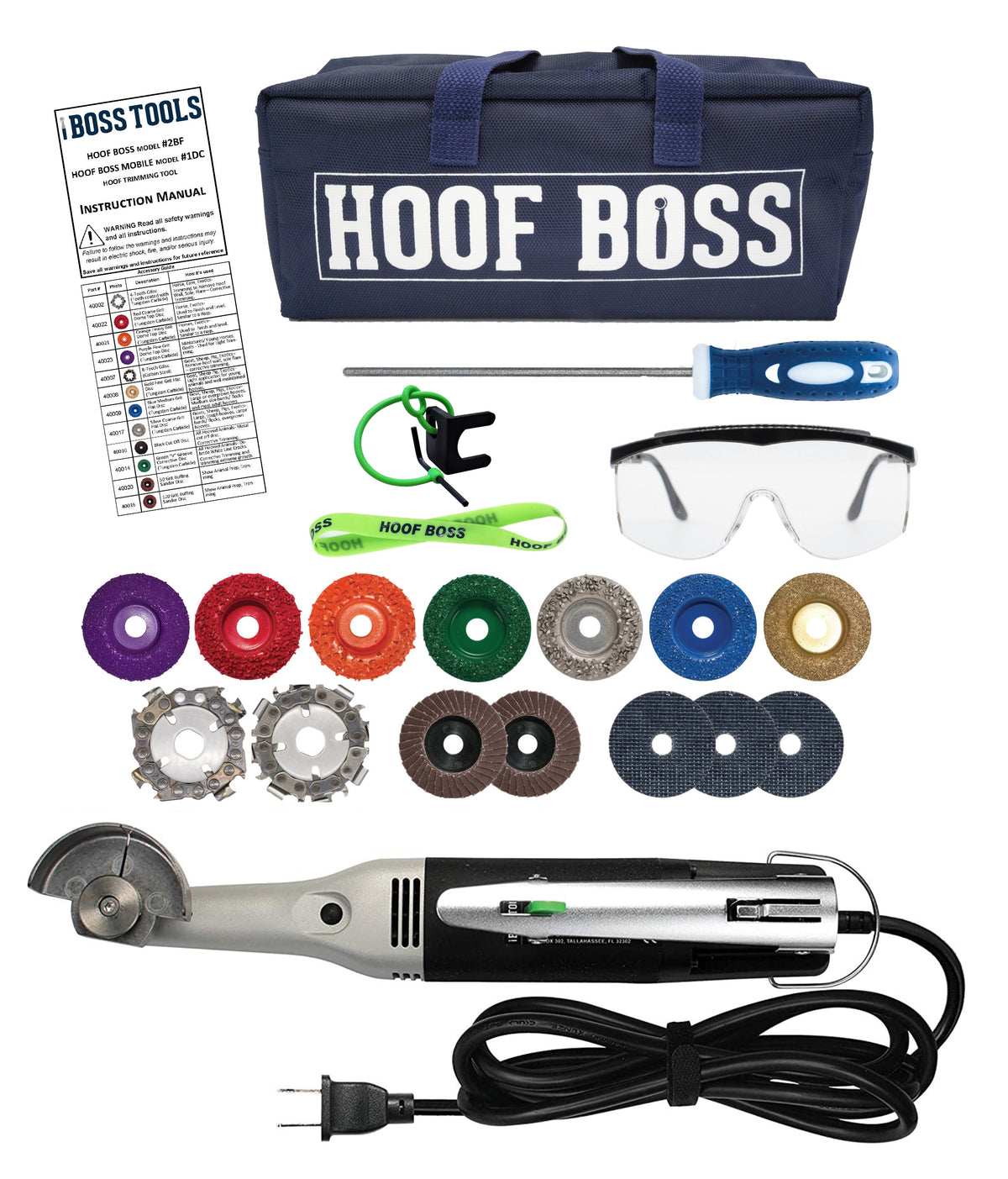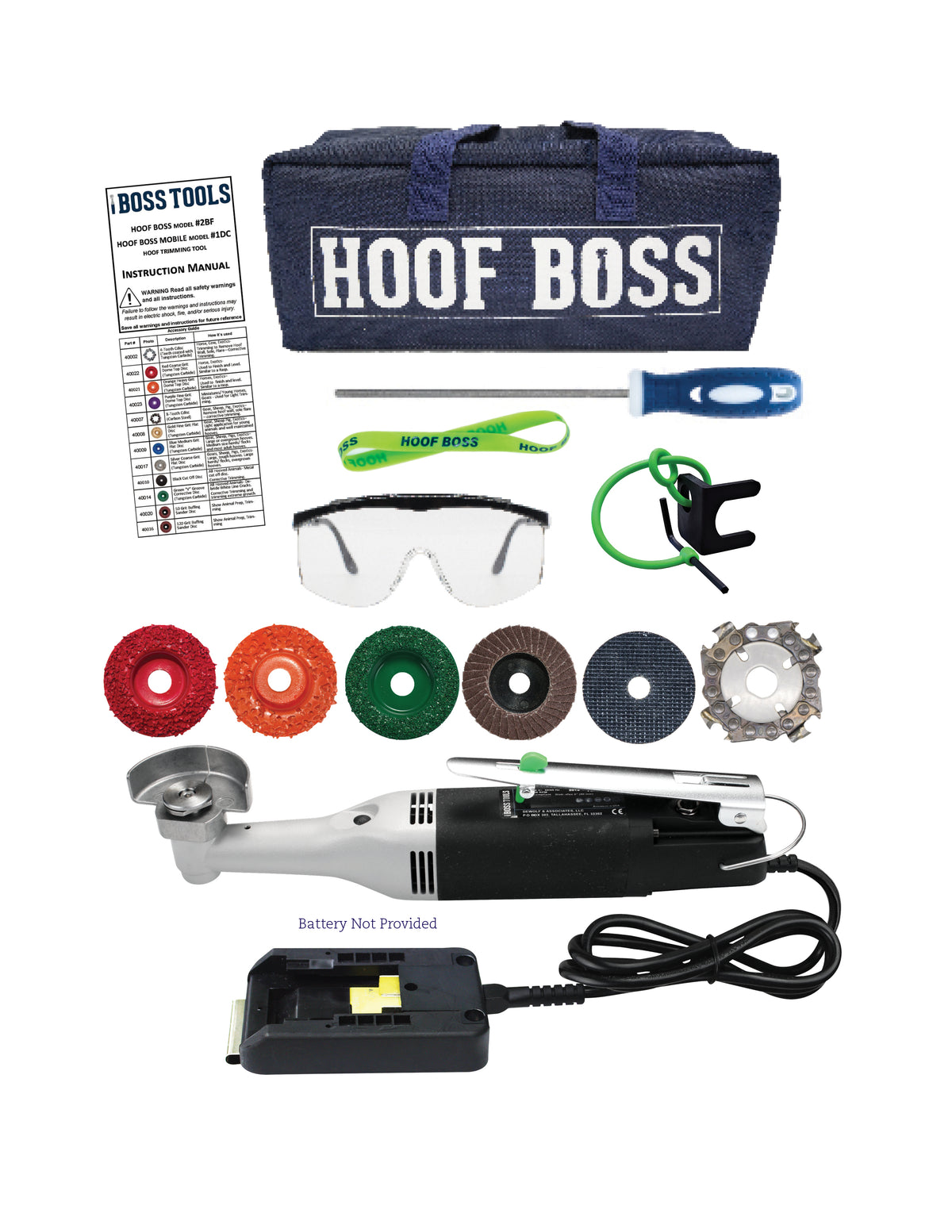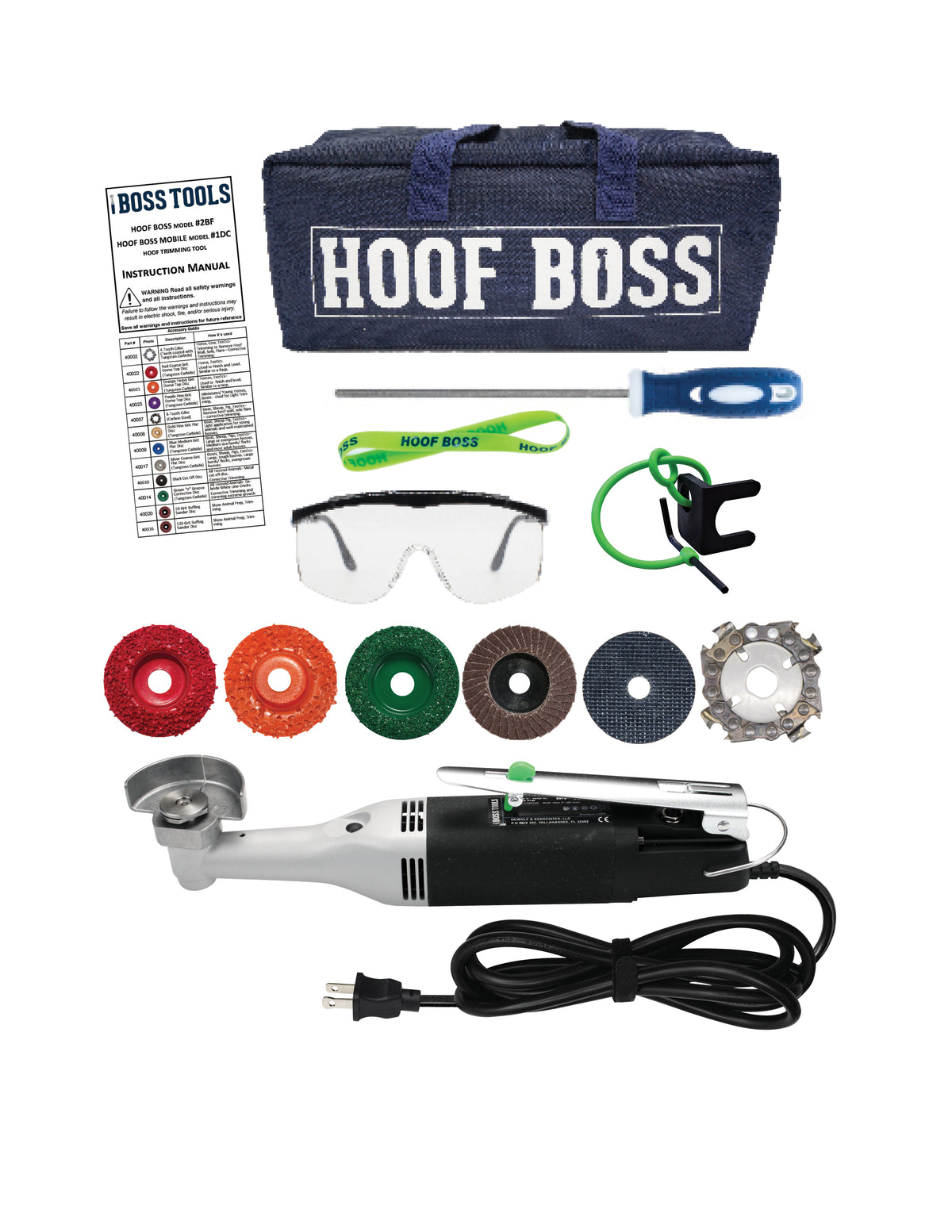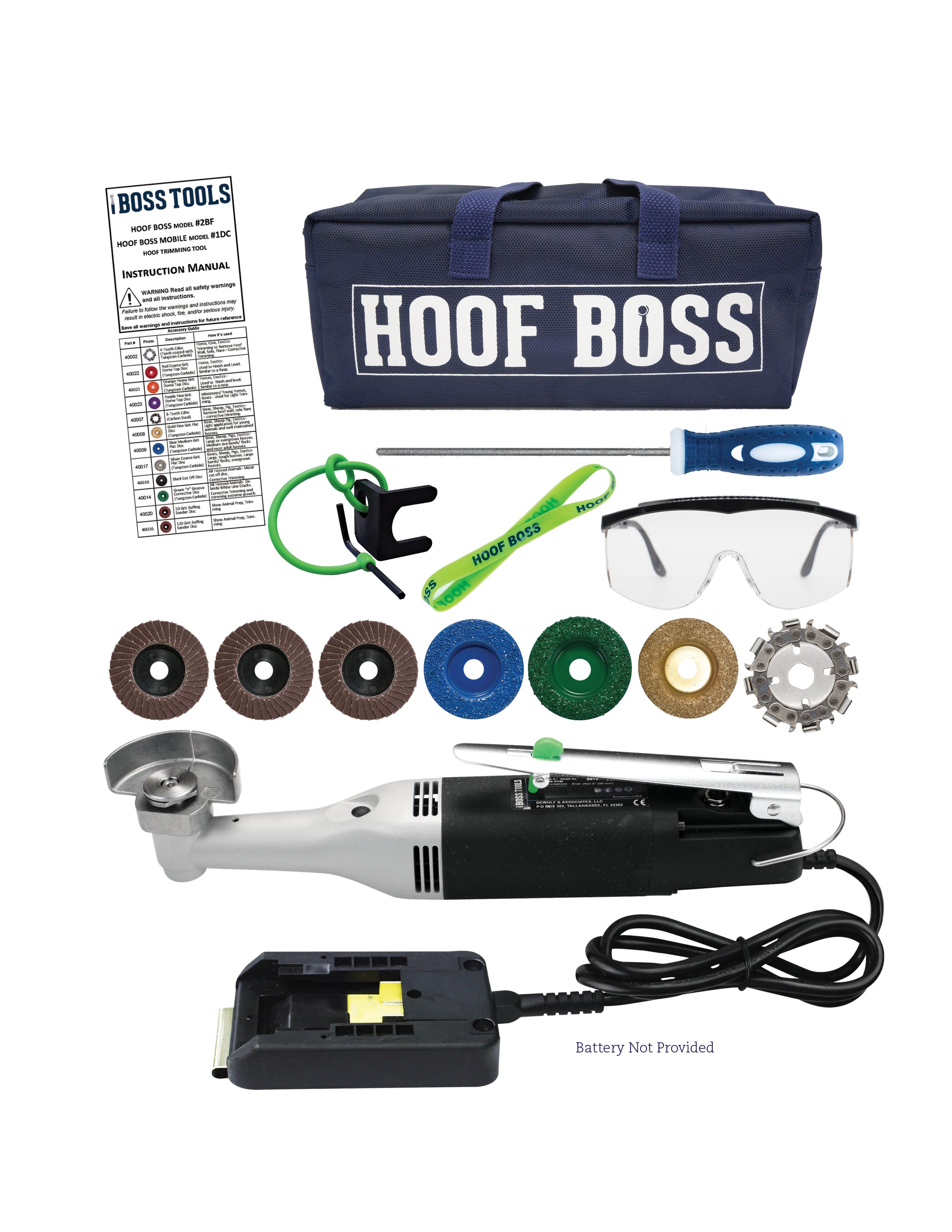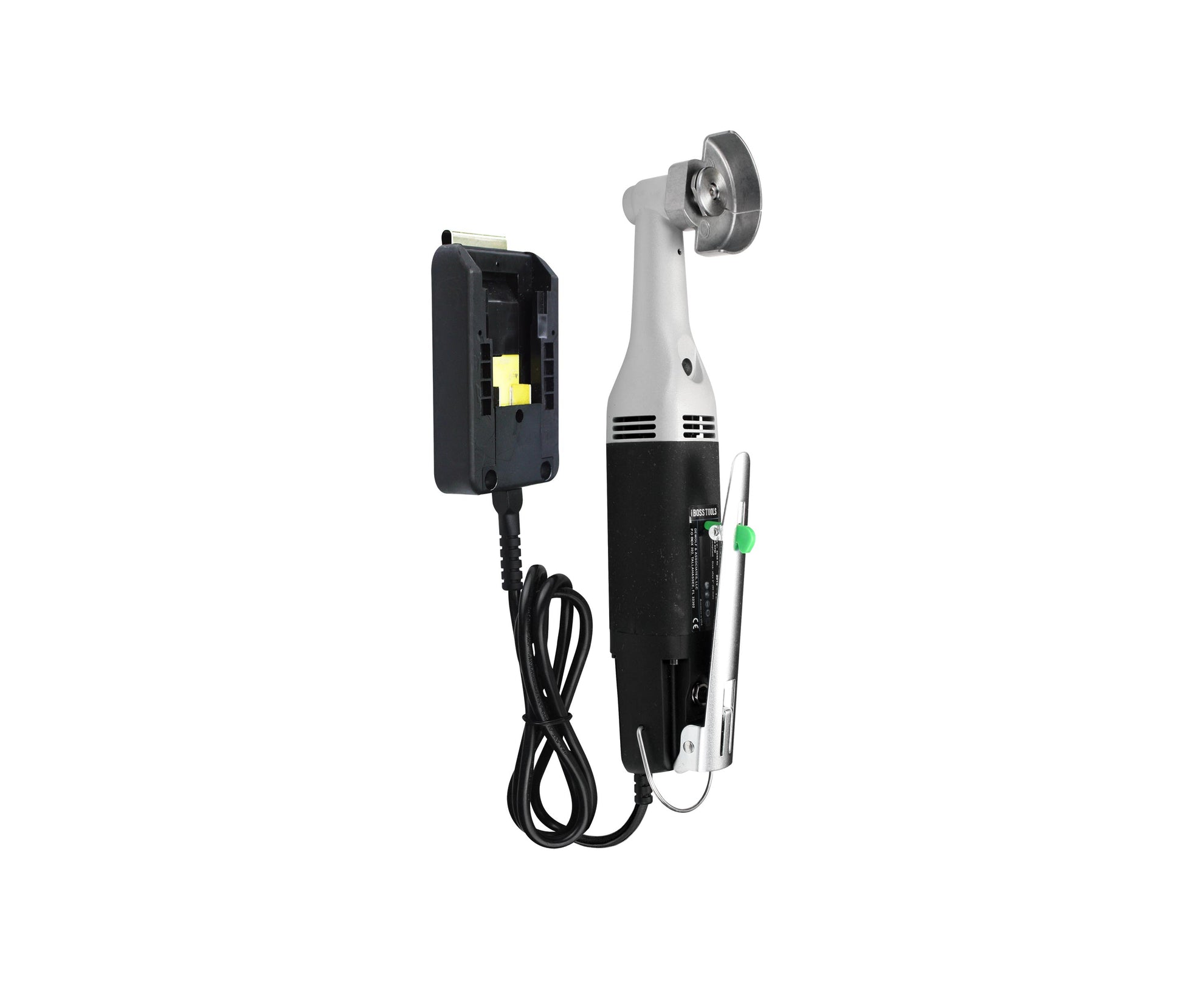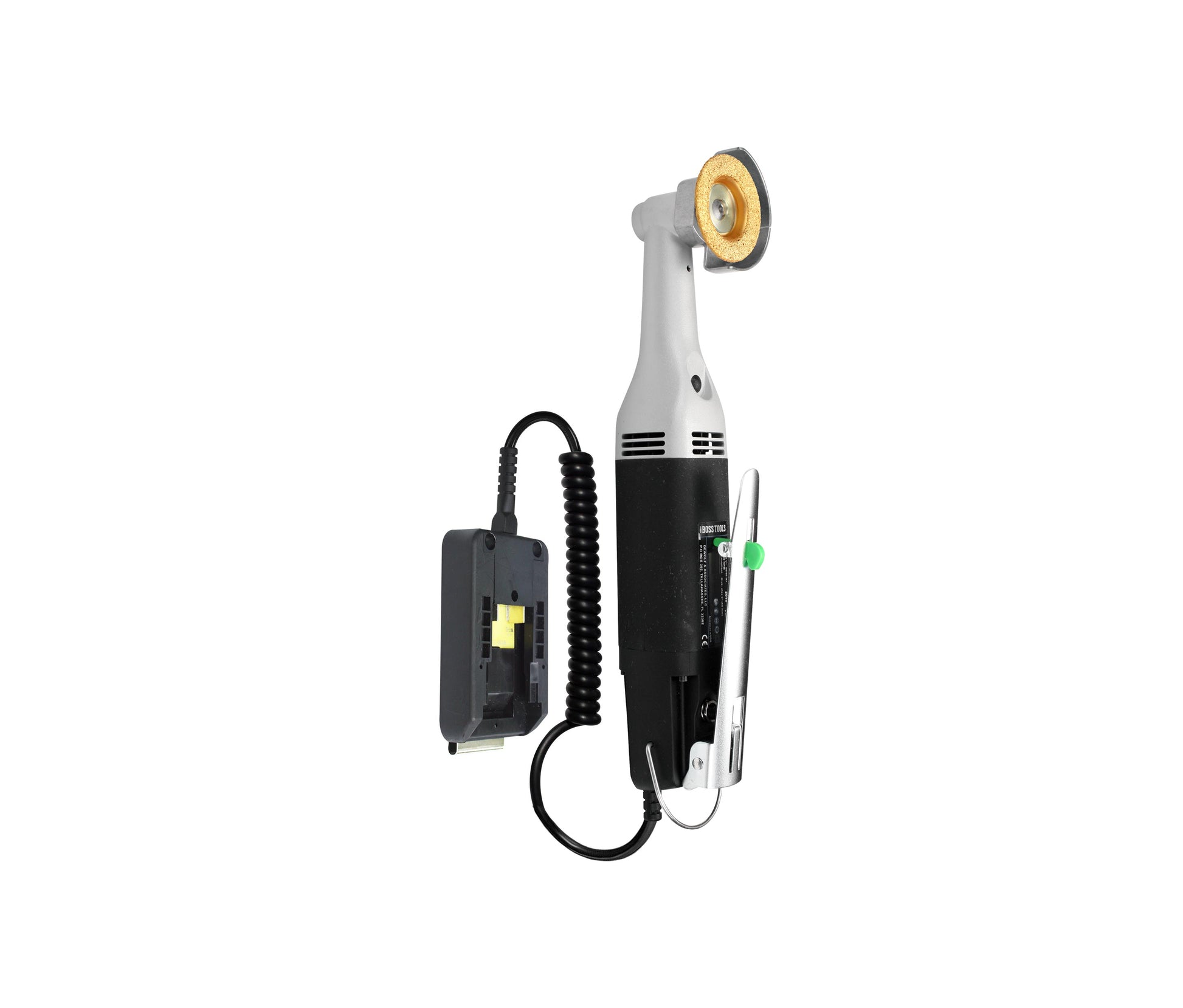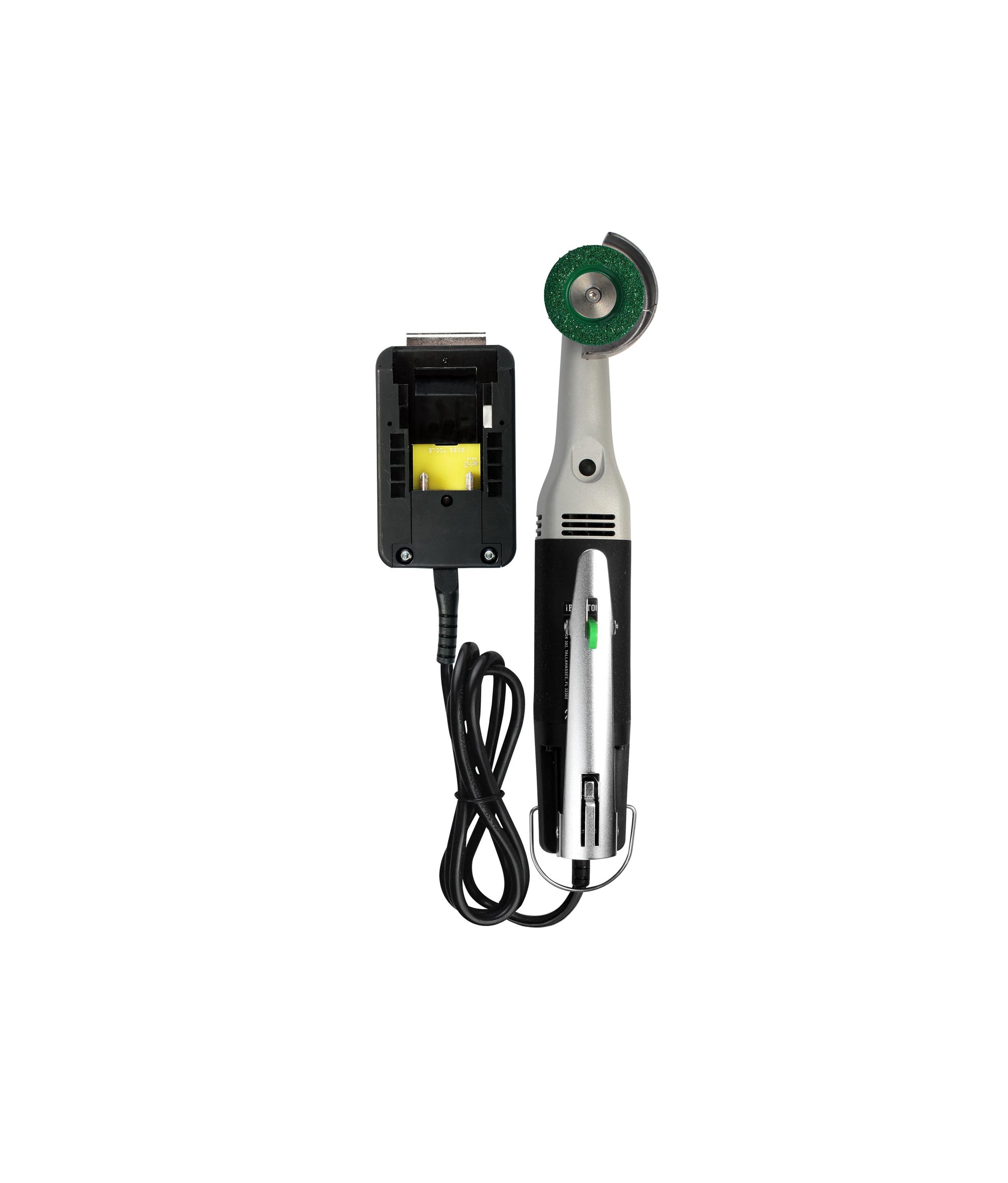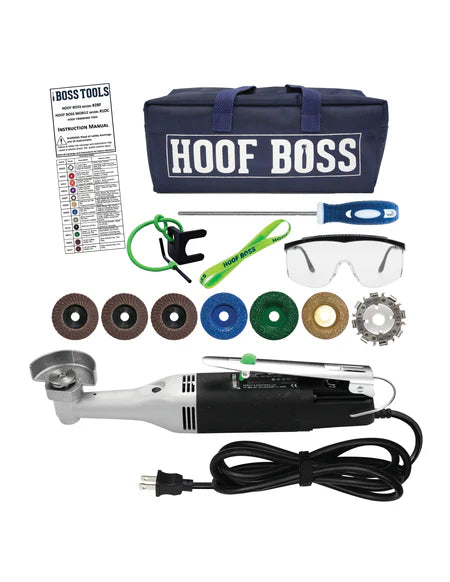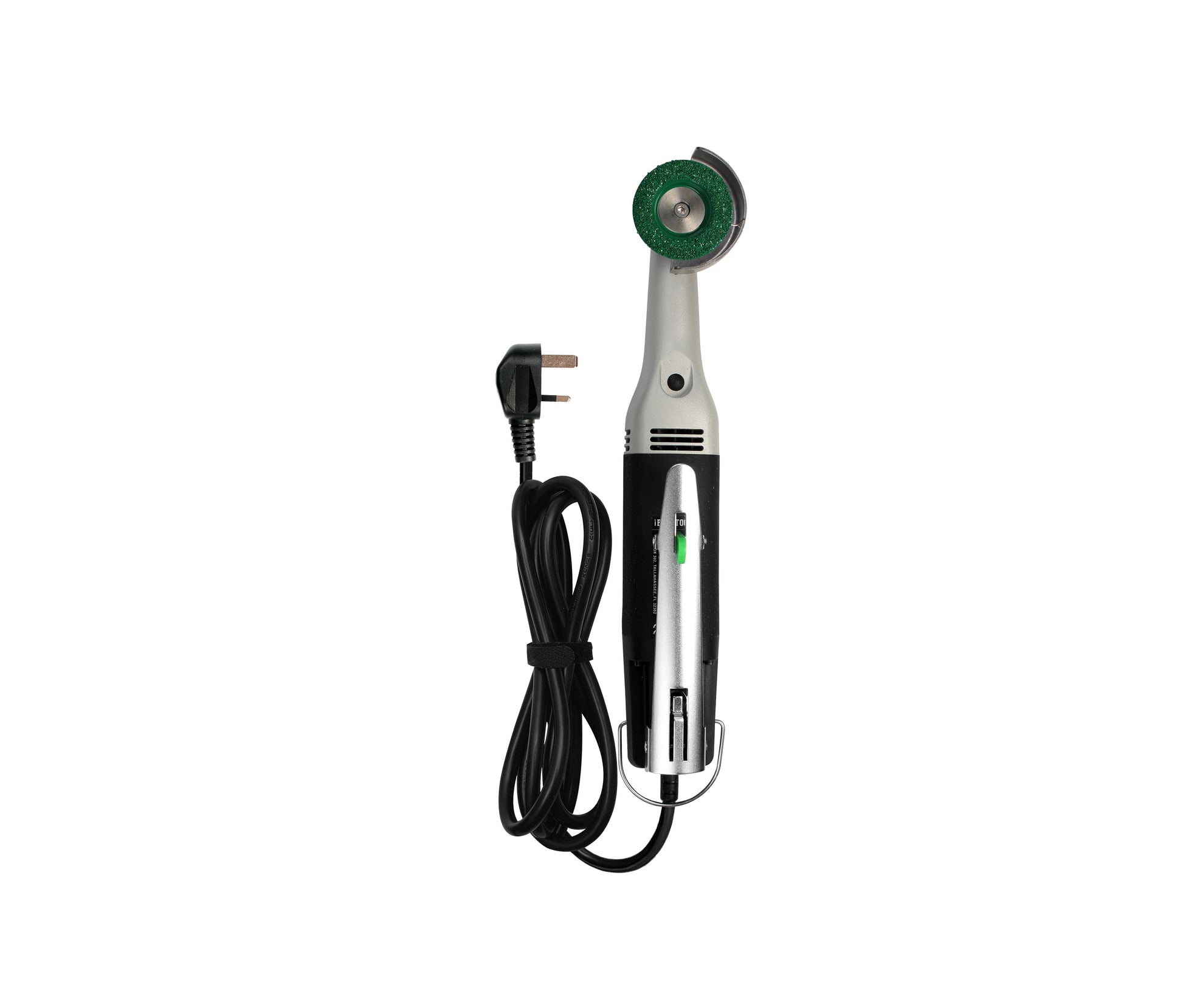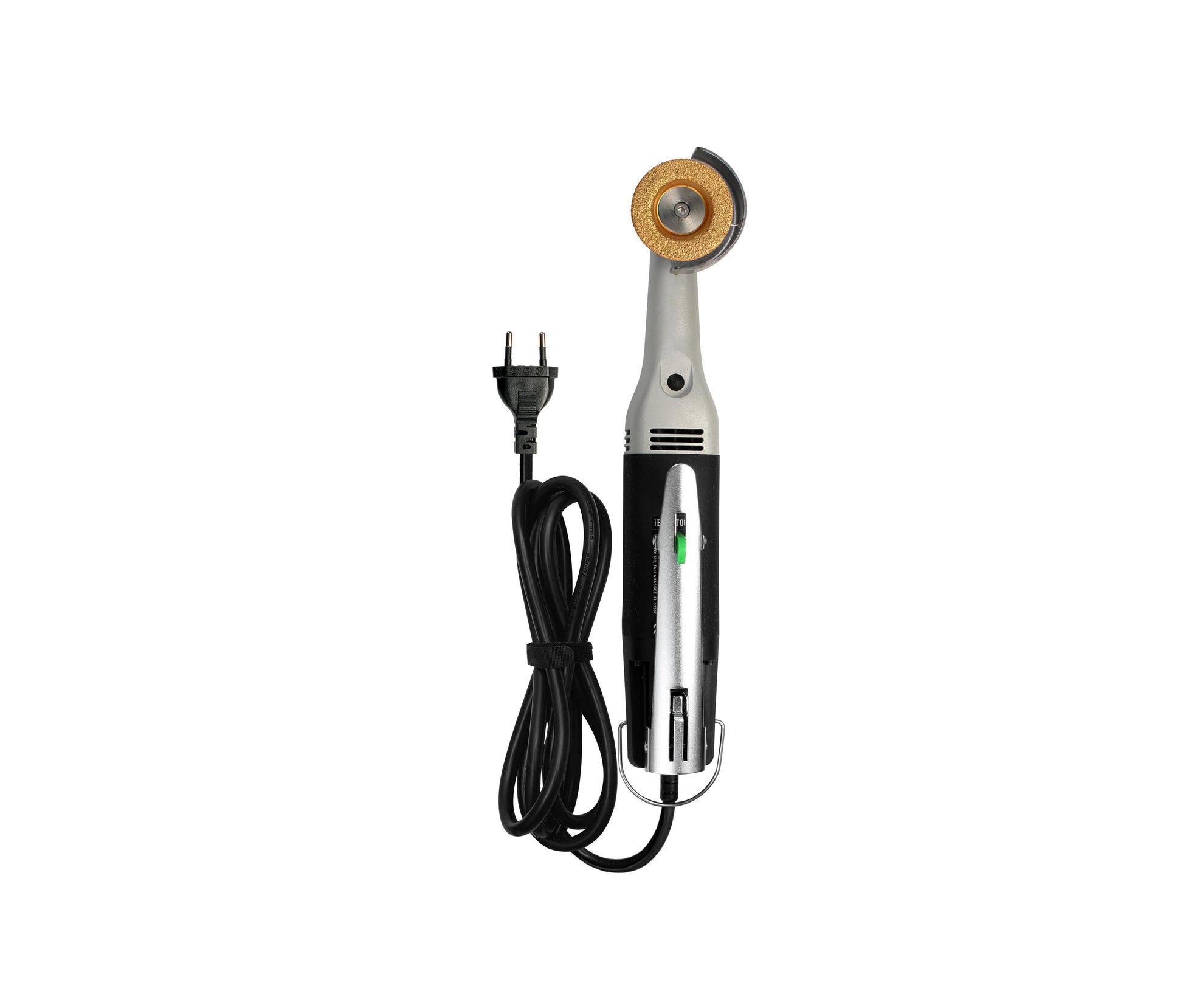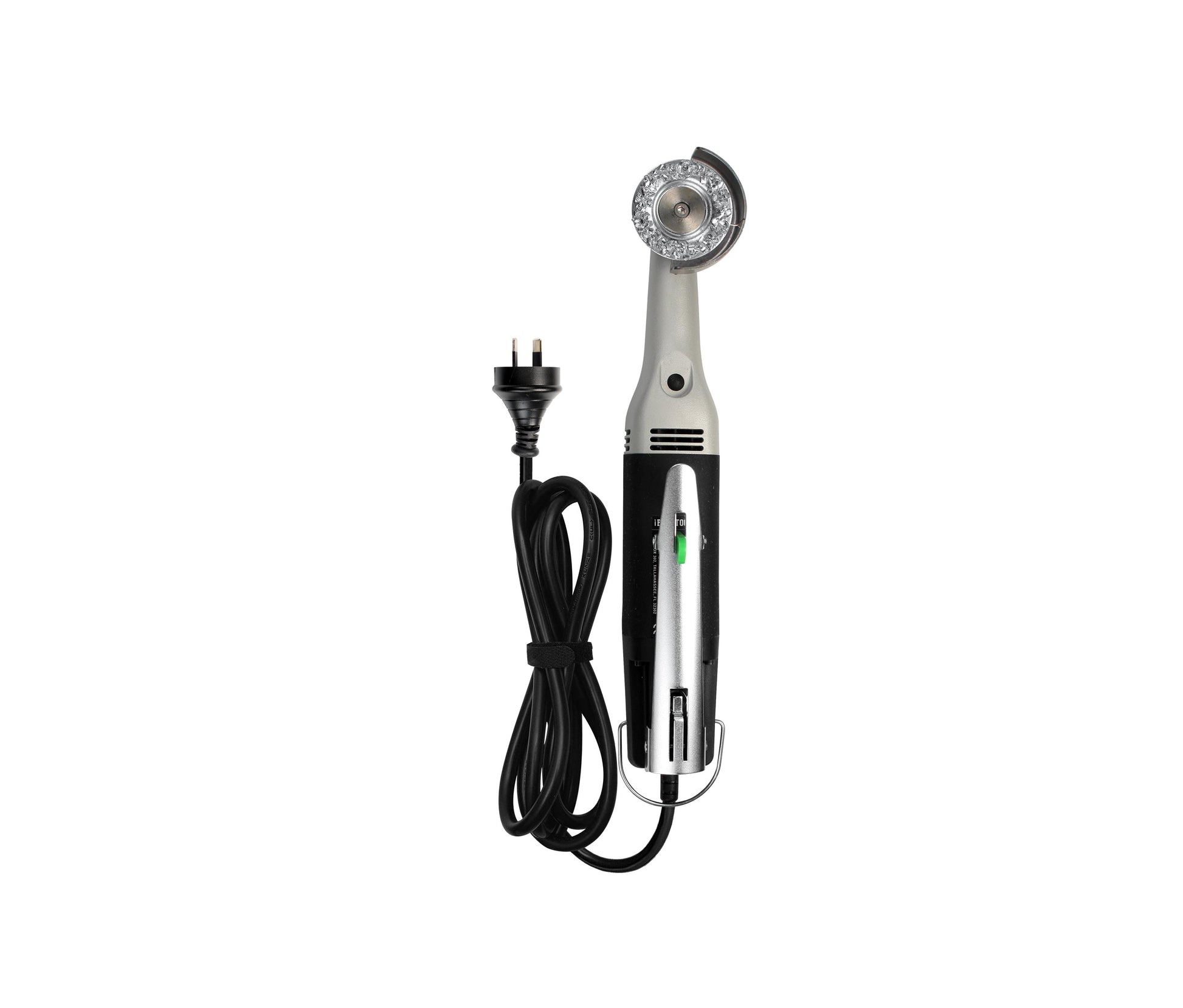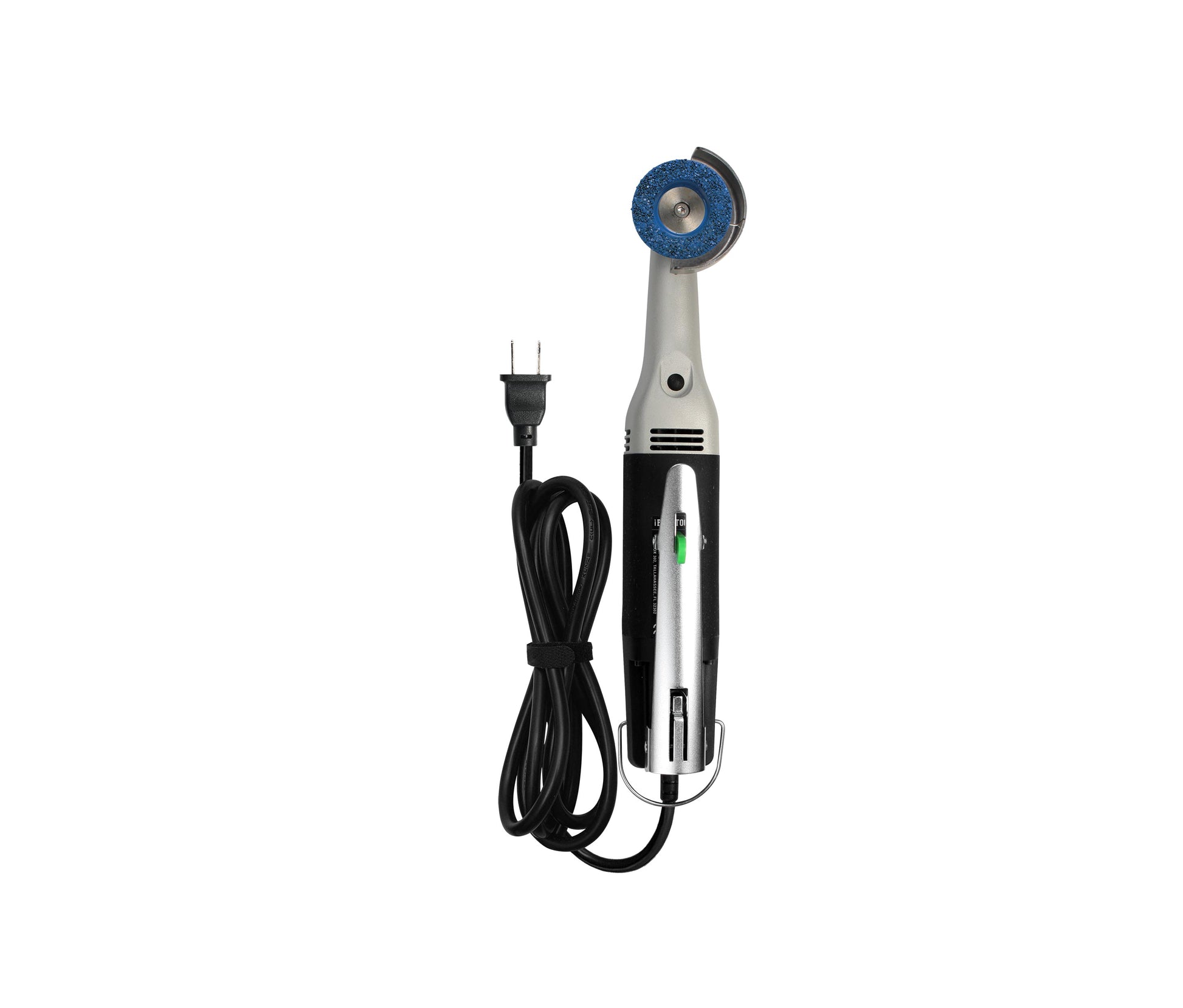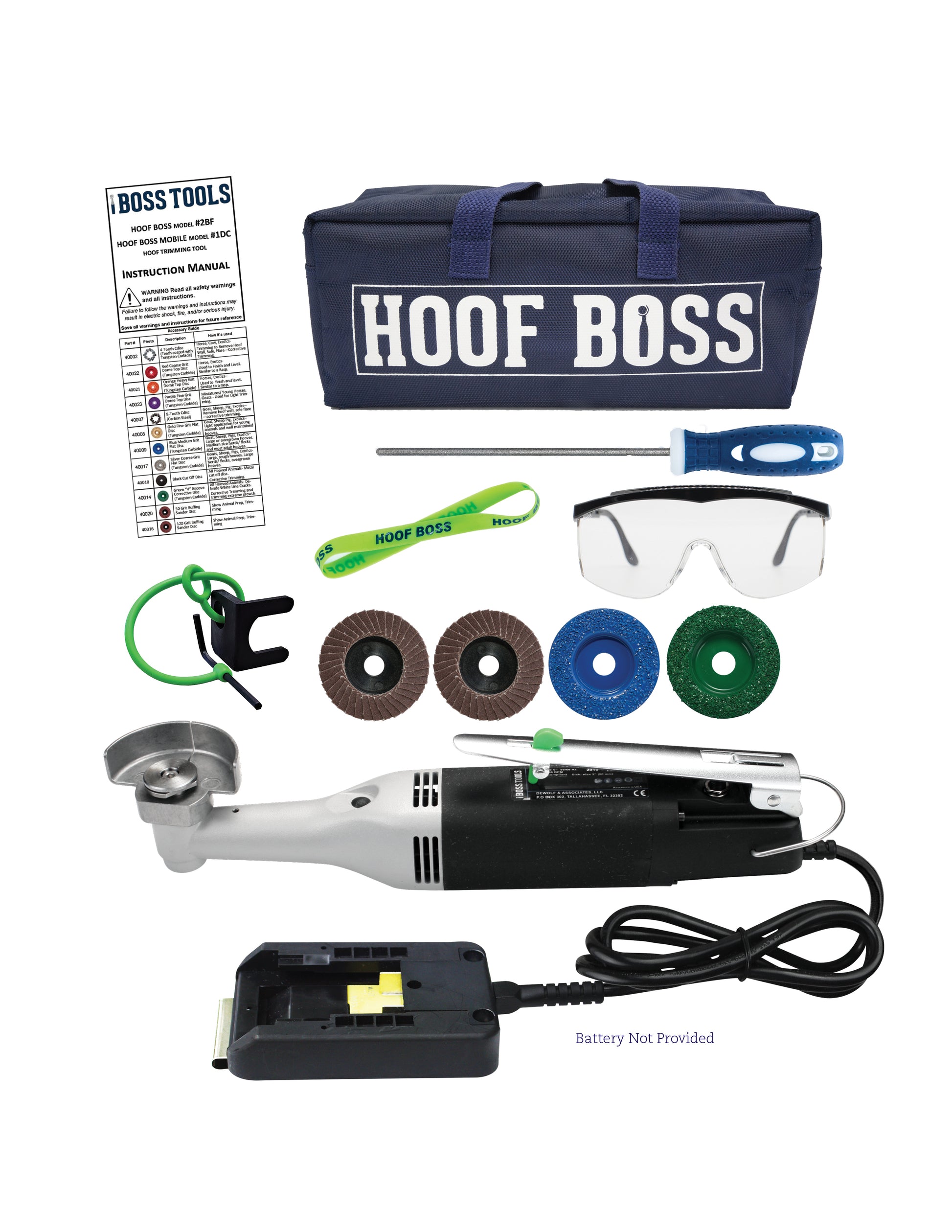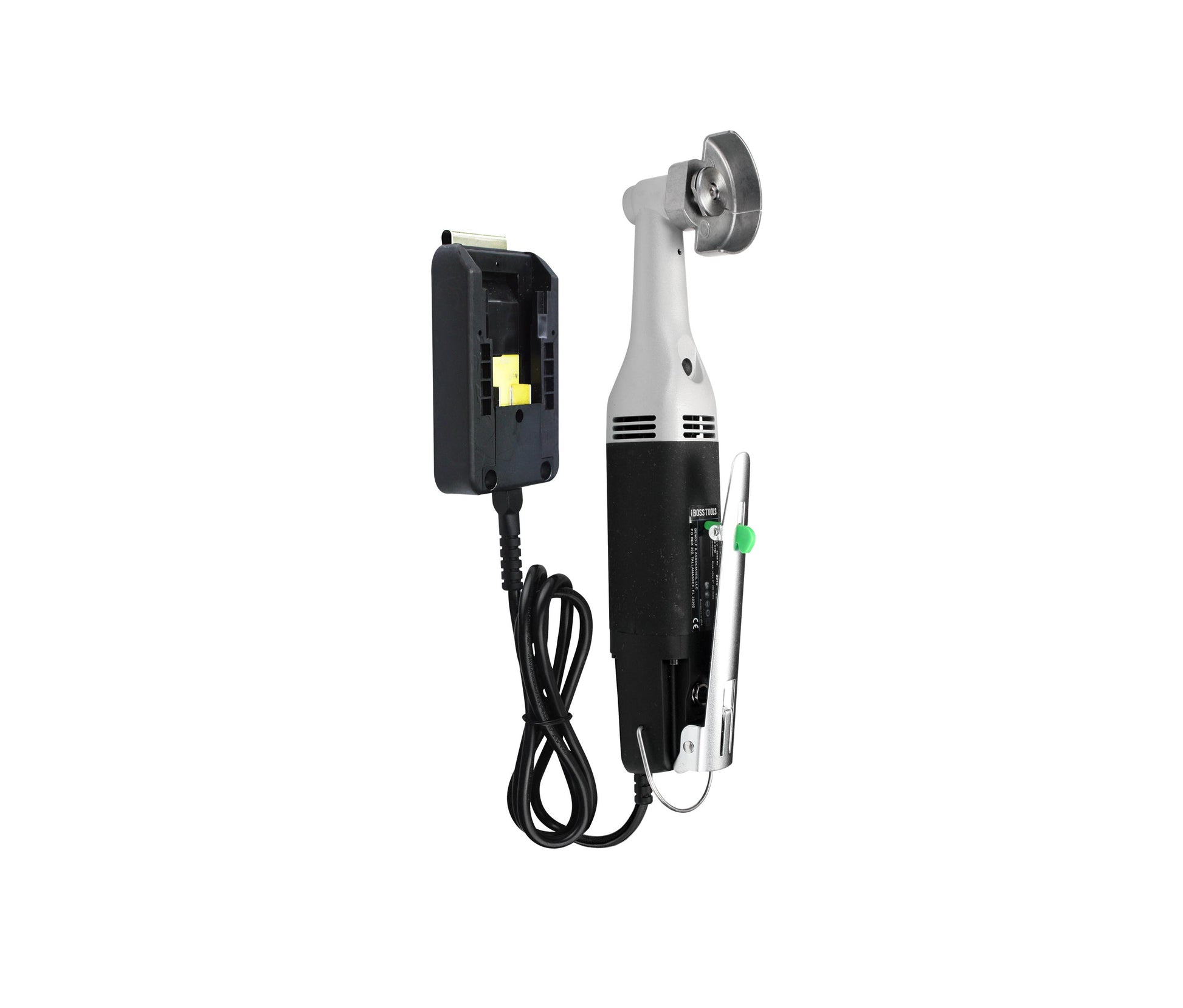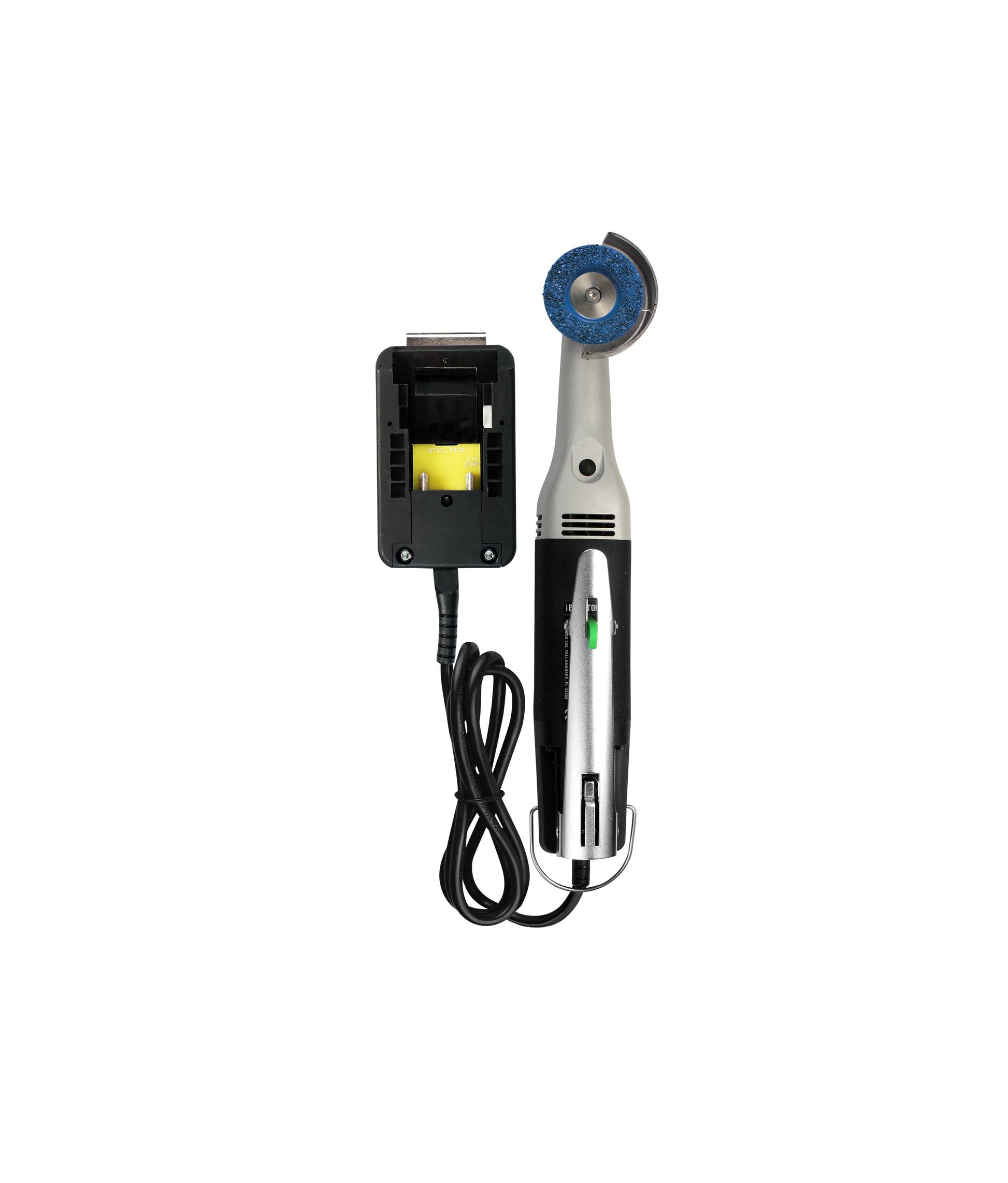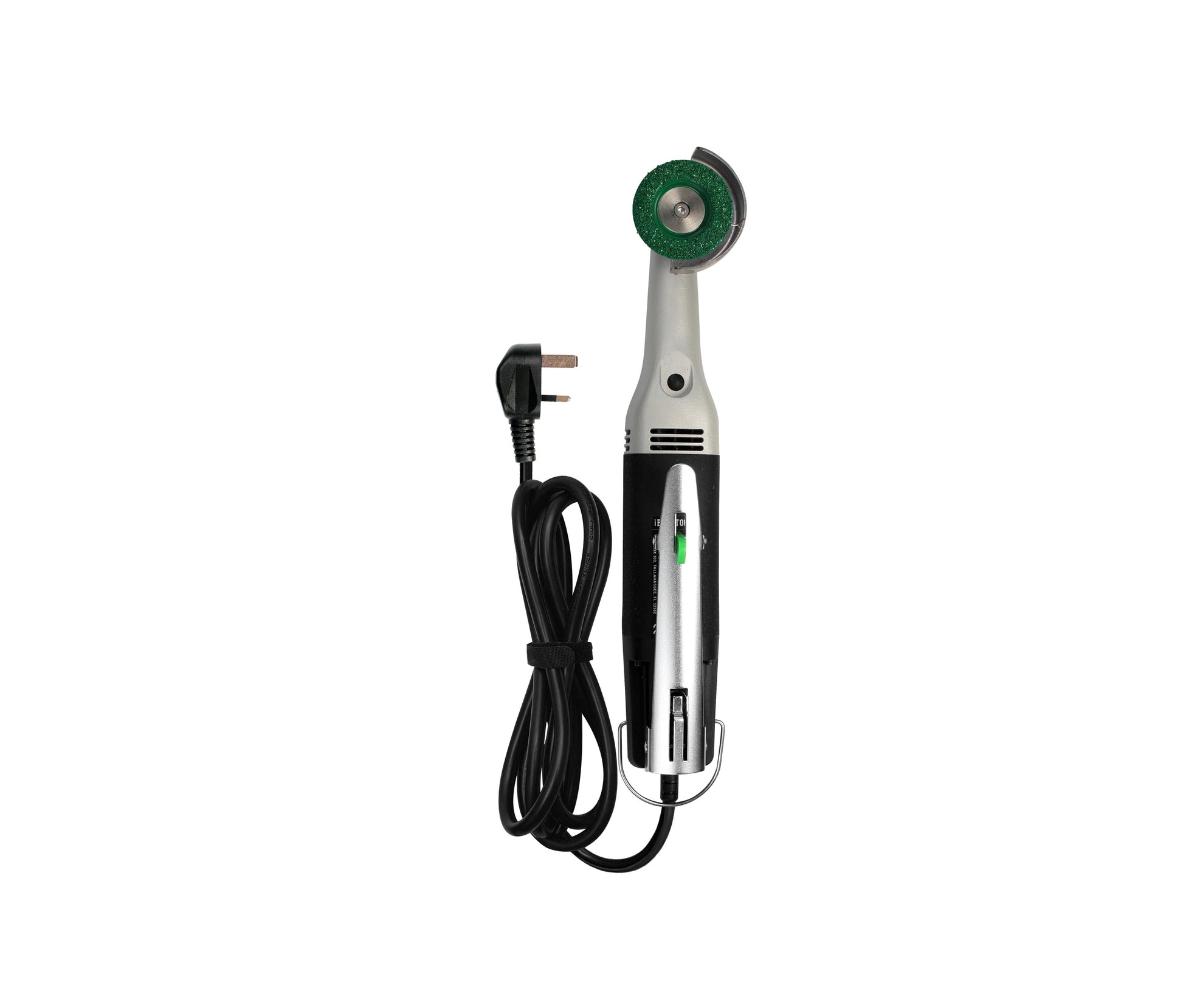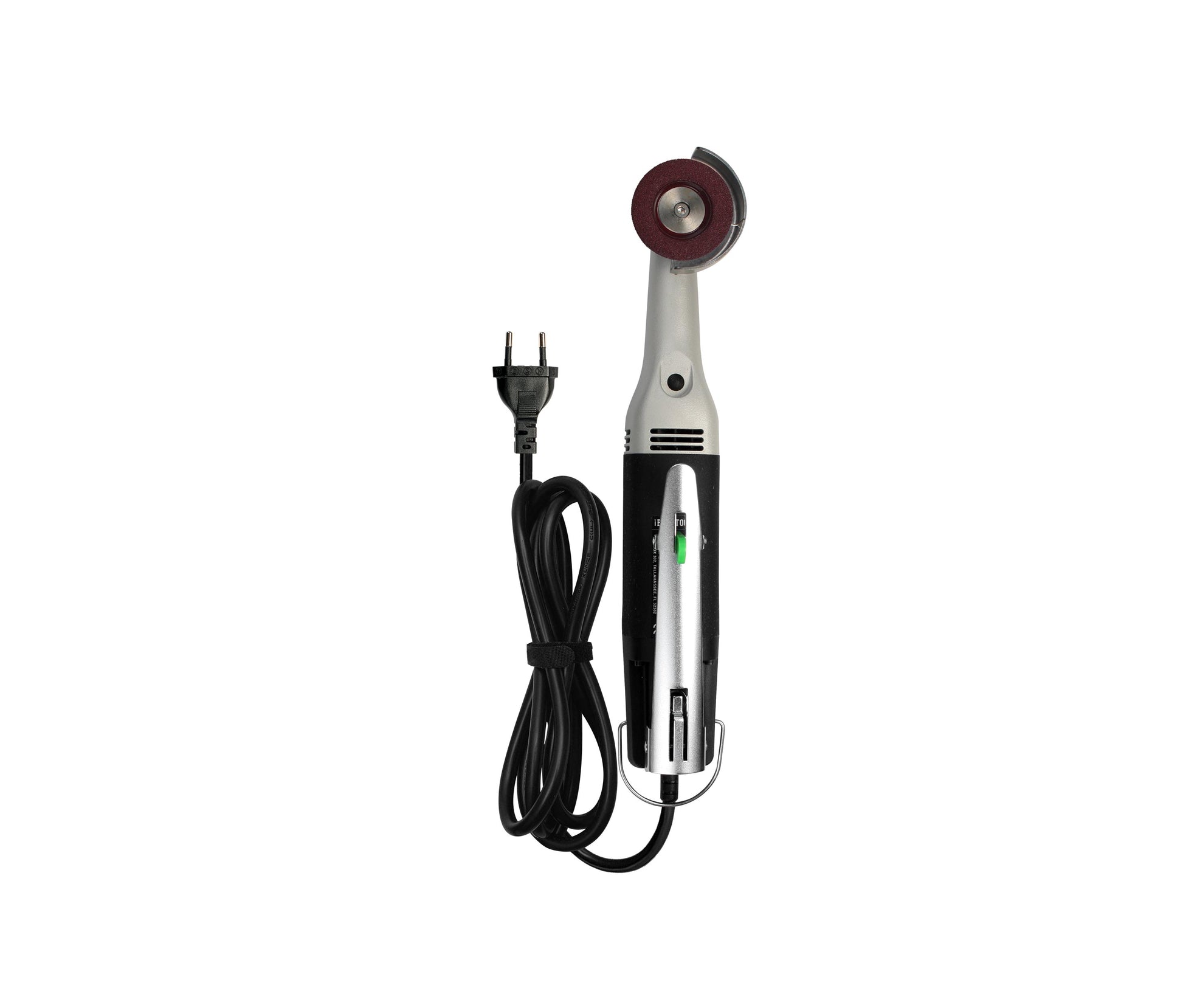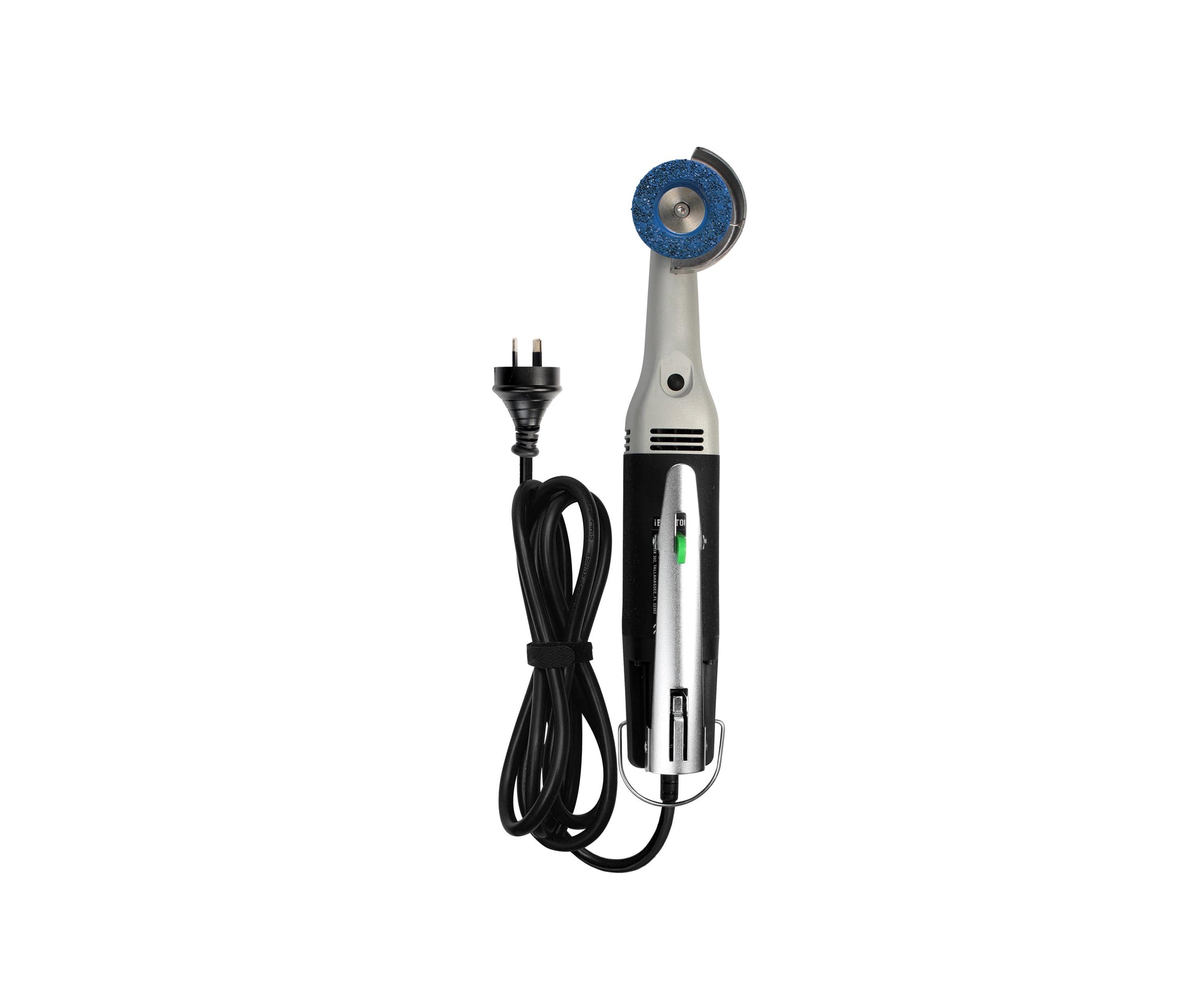Do Cows' Hooves Need to Be Trimmed? A Complete Guide
Proper hoof care is essential for the health, comfort, and productivity of cattle. Many farmers and ranchers wonder, do cows' hooves need to be trimmed? The answer is yes—regular hoof trimming helps prevent lameness, infections, and mobility issues, ensuring that cows remain active and healthy.
In this guide, we’ll discuss why hoof trimming is necessary, how often it should be done, and how using the Hoof Boss Electric Trimmer makes the process safer and more efficient.
For a step-by-step guide on trimming cow hooves, visit How to Trim Cow Hooves.
Why Do Cows' Hooves Need Trimming?
Cows' hooves grow continuously, just like human fingernails. Without regular wear or maintenance, overgrown hooves can lead to:
✔ Lameness and discomfort – Excessive growth creates uneven weight distribution, causing pain.
✔ Infections like hoof rot – Overgrown hooves trap dirt and bacteria, increasing the risk of infections.
✔ Reduced mobility and productivity – Lame cows may struggle to walk, eat, and produce milk efficiently.
Hoof trimming prevents these issues by ensuring a proper hoof shape and balance, reducing stress on the joints and ligaments.
How Often Should Cow Hooves Be Trimmed?
The frequency of hoof trimming depends on several factors, including breed, environment, and activity level.
✅ Dairy Cows – Require trimming every 6-12 months due to extended time standing on hard surfaces.
✅ Beef Cattle – Often need trimming once a year, unless they show signs of overgrowth or lameness.
✅ Pasture vs. Confined Cattle – Cows kept on soft or muddy terrain need more frequent trimming than those walking on hard or rocky surfaces.
🔹 Tip: Regular hoof inspections help determine when trimming is necessary, even between scheduled maintenance.
Signs That a Cow Needs Hoof Trimming
Even if cows follow a routine hoof care schedule, they may require additional trimming if you notice:
1️⃣ Overgrown or Misshapen Hooves
- Hooves appear long, curled, or uneven, affecting balance and movement.
2️⃣ Limping or Favoring One Leg
- A cow that walks stiffly or avoids putting weight on a hoof may be experiencing hoof pain or infection.
3️⃣ Cracks, Hoof Rot, or Abscesses
- Foul-smelling hooves, swelling, or soft spots indicate possible hoof rot or bacterial infections.
🔹 Tip: If you observe any of these signs, trim the hooves promptly to prevent further complications.
How to Trim Cow Hooves
If you're ready to trim your cow’s hooves, check out our detailed step-by-step guide:
This guide covers best practices, essential tools, and expert tips to ensure a safe and effective hoof trimming process.
Why Hoof Boss Makes Hoof Trimming Easier
✅ Fast & Efficient – Reduces trimming time compared to manual methods.
✅ Precision & Safety – Prevents over-trimming and unnecessary stress on the hoof.
✅ Less Physical Strain – The ergonomic design reduces fatigue for handlers.
With the Hoof Boss Electric Trimmer, hoof maintenance is quicker, safer, and less stressful for both the cow and the handler.
Conclusion
Yes, cows' hooves need to be trimmed regularly to prevent lameness, infections, and mobility issues. Routine hoof care ensures healthy, productive cattle, whether they are dairy cows or beef cattle.
By using the Hoof Boss Electric Trimmer and following a proper hoof care schedule, farmers and ranchers can streamline hoof maintenance, ensuring better herd health and efficiency.
✅ Invest in professional hoof trimming tools today and keep your cattle in top condition!
